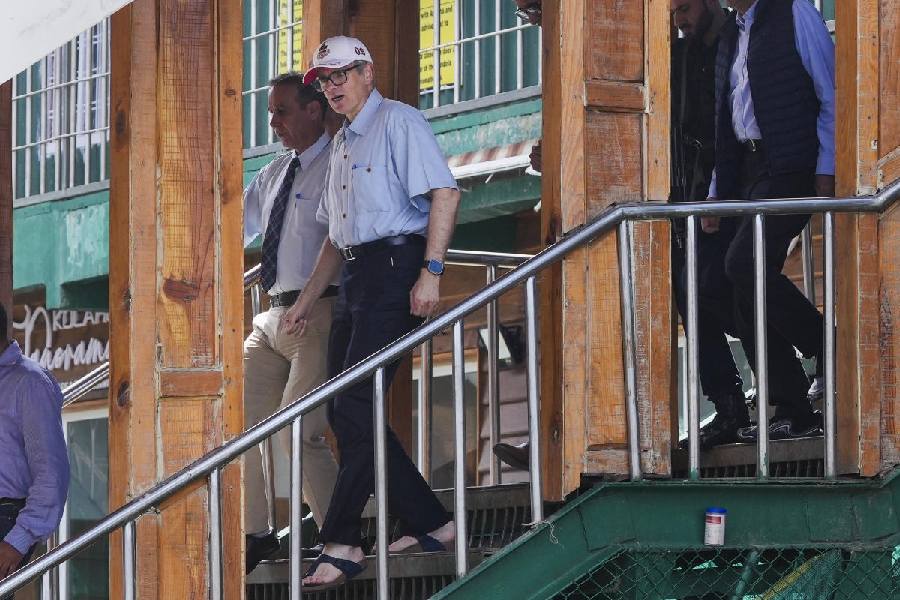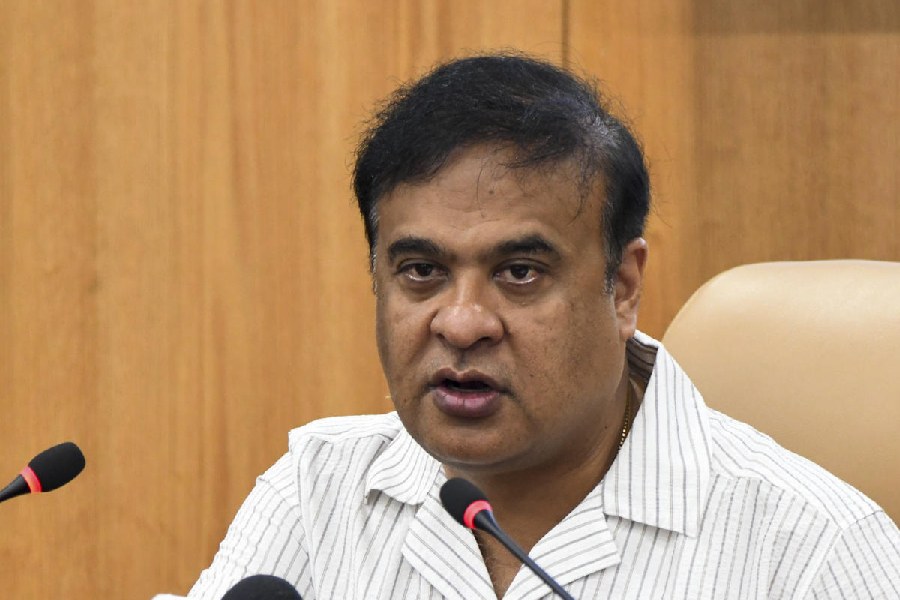New Delhi, Feb. 3: The Supreme Court today dismissed a plea to lay down norms governing future plot allotments under the Bengal chief minister’s discretionary quota following an assurance that the state would not make such allotments in Salt Lake any more.
In an affidavit, the state government said 14 of the 290 plots still to be allotted in the township would not be treated “as part of the discretionary quota”.
“There are very few plots presently left for allotment under the discretionary quota. The state government has taken a conscious decision not to make further allotments under the discretionary quota,” the bench said, justifying its decision.
The three-judge bench, headed by Chief Justice S.H. Kapadia, also refused to quash the past allotments in the township. It said the rights of the parties “appear to have been settled and attained finality” as none of them had been set aside by any court.
The order came on a public interest petition by Joydeep Mukharjee of the Calcutta-based All-India Legal Aid Forum, who had challenged the allotments during the late Jyoti Basu’s tenure as illegal and arbitrary. But the court said it would be “a futile exercise” to “reopen” the controversy again.
The petitioner said the township had been the late chief minister B.C. Roy’s dream project to house lower and middle-income people. He claimed the discretionary quota was created by unlawful and confidential executive orders without informing the cabinet.
In its affidavit, the state government said the guidelines for allotment both of individual and co-operative residential plots were issued by a government order on December 7, 1999, on the strength of a cabinet decision taken on November 10.
“The then CM, late Mr Jyoti Basu, had already allotted 276 plots out of 290 plots from his discretionary quota available at that point of time and presently only 14 plots are left in that discretionary quota,” the state affidavit, as recorded in the judgment, said.
“But… no guidelines had in fact been framed for allotment of plots from the discretionary quota… as a result of which all the 14 plots belonging to the discretionary quota, which were in existence in February 1999, still continue to remain un-allotted. As a result, these 14 plots will no more be treated as part of the discretionary quota,” the affidavit said.











